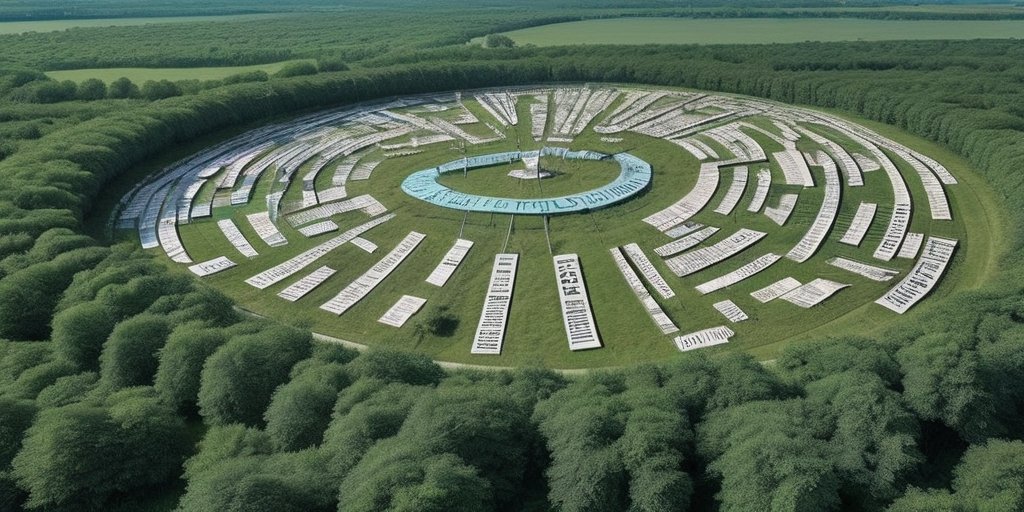The Dakota Access Pipeline protests, which captured significant media coverage during President Donald Trump’s first term, reignited discussions surrounding Indigenous rights and environmental policies.
Beginning in April 2016, the demonstrations near the Standing Rock Sioux Reservation escalated into a large-scale movement, attracting over 10,000 protesters including representatives from more than 200 Native American tribes and various activists, military veterans, and public figures, such as current Health Secretary Robert F Kennedy, Jr.
Under the Trump administration, construction of the Dakota Access Pipeline faced fierce opposition. Supporters of the pipeline argued it would bolster the economy and create jobs, while opponents contended it posed threats to water supplies and sacred lands.
The legal landscape of the protests has evolved, as a jury recently delivered a verdict in a case linked to the protests, claiming that the lawsuit undermines free speech. Greenpeace stated that although it played a role in the demonstrations, it was not the driving force behind them, emphasizing the grassroots nature of the movement.
The protests officially ended in February 2017 when law enforcement cleared the encampment, but the ramifications of the Dakota Access Pipeline continue to create discourse around energy policy and Native American sovereignty. As the legal debates unfold, they pose critical questions about the balance of environmental concerns, Indigenous rights, and corporate interests.
With the issues surrounding the pipeline still prominent in societal conversations, the legacy of Trump’s first term and its policies remain a focal point in evaluating contemporary energy projects and their implications for future governance.
